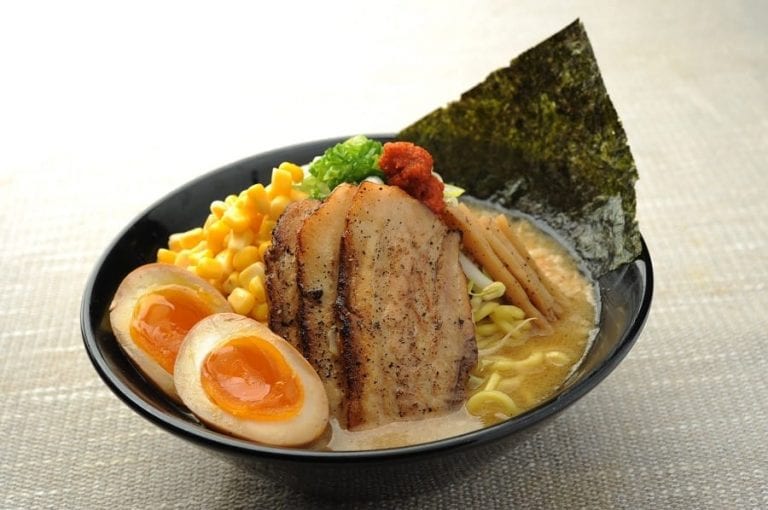Guess what's for dinner?
Horoscope-like predictions for the New Year nowadays substitute seeking the favour of astrological signs for fortune, love and money for food trends. This is however a difficult and complex field. One that is entertaining, and that employs many, with consultants and marketers in the lead. The number one priority here is nailing the forecasts. What will we be eating in the next 12 months? Who will be the most capable of interception the public’s taste? Which foods and dining formulas will be a hit? With mandatory benefit of doubt, necessary at the beginning of the year, we enjoy being receptive to stimuli hailing from the US. Lots of the latest trends feeding us on our Italian tables have arrived month (or years) after their American debut. In fact one of the oldest instruments used to harpoon purported food and dining trends comes exactly from the United States.
The National Restaurant Association forecats: EWorld food, fast food and street food
For the past decade, the National Restaurant Association of America interrogates over a million chefs on the coming year’s food predictions. Results, divided by category, are then published online. The ritual question s obvious: what are we looking at for 2017? Attractive products, for starters. In the top-20 trendy foods we find depth in the appreciation of world foods, ramen and poke in the lead – or the solid success of street food, unending and redefining the current dining marketplace attested by the insurgence of food halls and gourmet fast food joints.
The trendy food of 2017
Other things to keep a close watch on this year are diversified meat cuts as requested by consumers – calf’s tongue, oxtail, chicken feet, pig’s ears. Another is focus on home-made products (including stuffed casing cured meats and jams), ditto for the abundance on menus of alternative grains and cereals (chia, quinoa, kamut, farro, amaranth), rare and forgotten varieties of fruit and vegetables, sustainably caught and farmed fish, cured meats made with fish, smoked or grilled dishes, non-sweet desserts tilting toward savoury, cold brew coffee, to mention a few. Among the exotic flavours of 2017 products and traditions will favour Africa, as well as influence coming from the Philippines. These predictions go hand-in-hand with forecasts on dining concept (restaurants with a garden, breweries with service, in-house roasters within coffee bars, tables devoted to homade food) and the irresistible side projects involving renowned chefs in pop ups or fast and casual eateries (the latest is Mark Ladner’s Manhattan Pasta Flyer, a fast food joint revolving around pasta).
DIY kits, sustainability, gourmet food education
Following the success of home-delivery services, now trends see calling upon our inner chef with pre-assembled DIY kits containing instructions and select ingredients for perfectly executed dishes. Another primary objective is sustainability, locavore, frugality, and waste reduction, trends that have remained popular for some time now. More interesting is the popularity of gourmet kids’ menus. Many restaurateurs are prioritizing balanced nutritional values and healthy meals. The hope is to change the ordinary in extraordinary, redesigning consumer needs and desires to incentivize the dining market.
by Livia Montagnoli
translated by Eleonora Baldwin



 Vinitaly 2025: "Piwi should not be included in the DOCs. Dealcoholised wines? I have changed my mind." Angelo Gaja's position
Vinitaly 2025: "Piwi should not be included in the DOCs. Dealcoholised wines? I have changed my mind." Angelo Gaja's position Vinitaly 2025: here are all the events by Gambero Rosso. Tre Bicchieri, debates, TV and much more...
Vinitaly 2025: here are all the events by Gambero Rosso. Tre Bicchieri, debates, TV and much more... A giant rice grown in the land of buffaloes: the story of a bourbon edict
A giant rice grown in the land of buffaloes: the story of a bourbon edict Where to eat in the Majella park, amidst stunning landscapes and authentic cuisine
Where to eat in the Majella park, amidst stunning landscapes and authentic cuisine No more identical venues and overtourism food—let’s start again with lunch and trattorias
No more identical venues and overtourism food—let’s start again with lunch and trattorias







